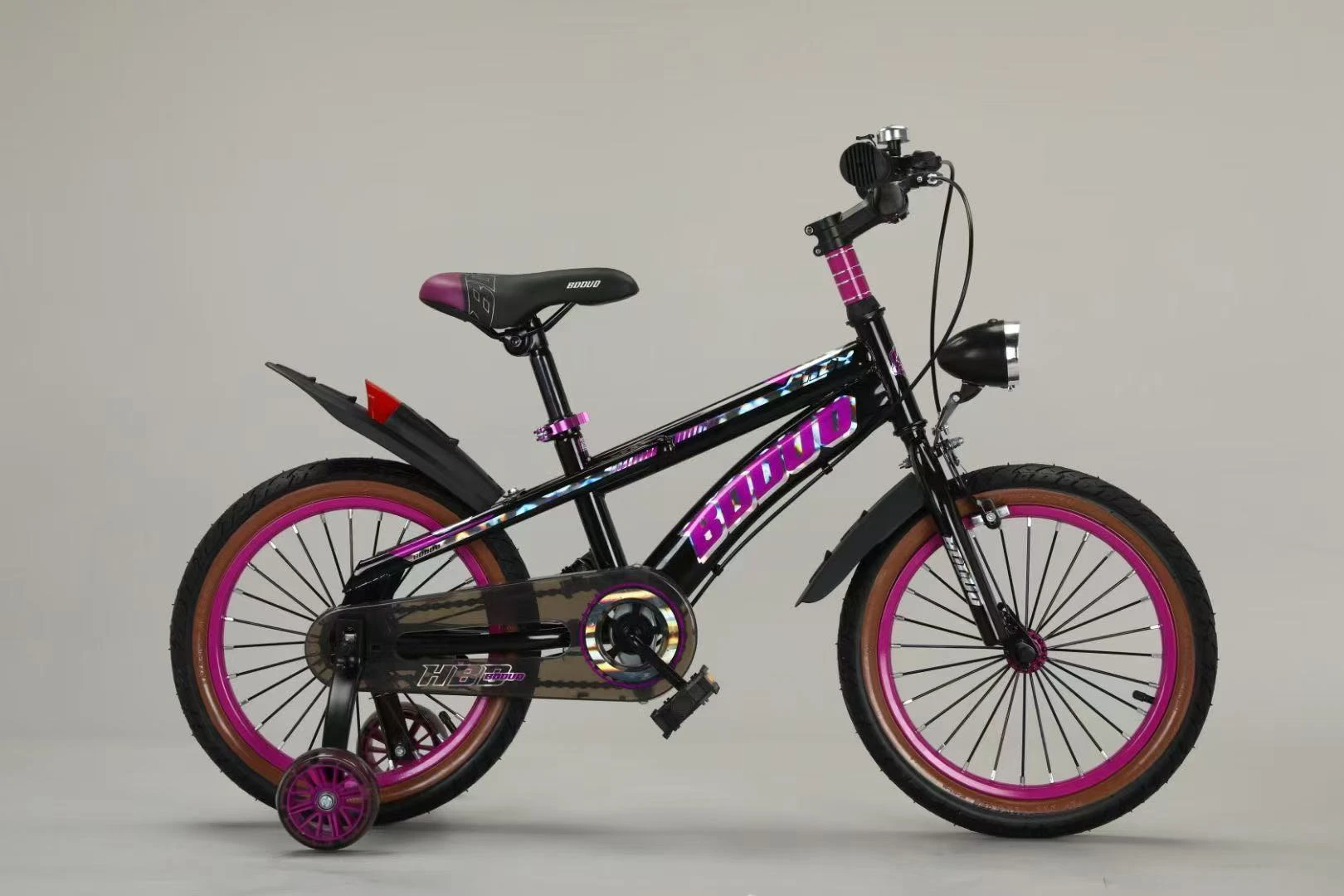
- Afrikaans
- Albanian
- Amharic
- Arabic
- Armenian
- Azerbaijani
- Basque
- Belarusian
- Bengali
- Bosnian
- Bulgarian
- Catalan
- Cebuano
- Corsican
- Croatian
- Czech
- Danish
- Dutch
- English
- Esperanto
- Estonian
- Finnish
- French
- Frisian
- Galician
- Georgian
- German
- Greek
- Gujarati
- Haitian Creole
- hausa
- hawaiian
- Hebrew
- Hindi
- Miao
- Hungarian
- Icelandic
- igbo
- Indonesian
- irish
- Italian
- Japanese
- Javanese
- Kannada
- kazakh
- Khmer
- Rwandese
- Korean
- Kurdish
- Kyrgyz
- Lao
- Latin
- Latvian
- Lithuanian
- Luxembourgish
- Macedonian
- Malgashi
- Malay
- Malayalam
- Maltese
- Maori
- Marathi
- Mongolian
- Myanmar
- Nepali
- Norwegian
- Norwegian
- Occitan
- Pashto
- Persian
- Polish
- Portuguese
- Punjabi
- Romanian
- Russian
- Samoan
- Scottish Gaelic
- Serbian
- Sesotho
- Shona
- Sindhi
- Sinhala
- Slovak
- Slovenian
- Somali
- Spanish
- Sundanese
- Swahili
- Swedish
- Tagalog
- Tajik
- Tamil
- Tatar
- Telugu
- Thai
- Turkish
- Turkmen
- Ukrainian
- Urdu
- Uighur
- Uzbek
- Vietnamese
- Welsh
- Bantu
- Yiddish
- Yoruba
- Zulu
Feb . 17, 2025 19:26 Back to list
fast e bikes for sale
Women's mountain bikes have evolved significantly over the years, blending style and functionality to cater to adventurous women seeking off-road thrills. The cycling industry has made leaps in designing these bicycles, considering specific anatomical needs and riding styles, providing an unmatched experience for women riders. For those looking to purchase, understanding the nuances of women's mountain bikes can make all the difference.
Gear systems are another vital component. A broader gear range provides flexibility to tackle different inclines, vital for off-road cycling. Modern bikes often feature 1x drivetrain systems, eliminating the front derailleur for a simpler, lighter setup while maintaining an extended gear range through wide-ratio cassettes. This innovation reduces the chance of mechanical failure and simplifies gear shifting, crucial for less experienced riders. The bicycle saddle is often overlooked but plays a pivotal role in comfort. Women-specific saddles, such as those from Brooks or Selle Royal, offer ergonomic designs to suit female anatomy better. Finding the right saddle can significantly improve ride comfort, especially on long journeys. While technical specifications are vital, personal experience and expert advice should also guide the purchasing decision. Visiting a local bike shop for a test ride allows potential buyers to get a feel for the bike's fit and components. Expert staff can provide insights not apparent online, tailoring recommendations to individual needs and preferences. Ultimately, trustworthiness in a brand or model often stems from peer reviews and testimonials. Established forums and cycling communities provide platforms where experienced riders share their thoughts and advice. Evaluating these sources alongside expert reviews can offer a comprehensive understanding of a bike's capabilities. For those ready to invest, many retailers offer seasonal sales events or package deals, sometimes including accessories or professional fitting sessions. Websites specializing in bike sales often have detailed comparison tools to aid buyers in making an informed choice. In conclusion, purchasing a women's mountain bike involves detailed consideration of specific elements to ensure an optimized and enjoyable riding experience. By understanding the intricacies of frame design, components, and personal needs, riders can confidently choose a bike that not only meets but exceeds their off-road aspirations. Having access to authoritative advice and authentic reviews further solidifies a trustworthy buying decision, establishing a foundation for countless adventures.


Gear systems are another vital component. A broader gear range provides flexibility to tackle different inclines, vital for off-road cycling. Modern bikes often feature 1x drivetrain systems, eliminating the front derailleur for a simpler, lighter setup while maintaining an extended gear range through wide-ratio cassettes. This innovation reduces the chance of mechanical failure and simplifies gear shifting, crucial for less experienced riders. The bicycle saddle is often overlooked but plays a pivotal role in comfort. Women-specific saddles, such as those from Brooks or Selle Royal, offer ergonomic designs to suit female anatomy better. Finding the right saddle can significantly improve ride comfort, especially on long journeys. While technical specifications are vital, personal experience and expert advice should also guide the purchasing decision. Visiting a local bike shop for a test ride allows potential buyers to get a feel for the bike's fit and components. Expert staff can provide insights not apparent online, tailoring recommendations to individual needs and preferences. Ultimately, trustworthiness in a brand or model often stems from peer reviews and testimonials. Established forums and cycling communities provide platforms where experienced riders share their thoughts and advice. Evaluating these sources alongside expert reviews can offer a comprehensive understanding of a bike's capabilities. For those ready to invest, many retailers offer seasonal sales events or package deals, sometimes including accessories or professional fitting sessions. Websites specializing in bike sales often have detailed comparison tools to aid buyers in making an informed choice. In conclusion, purchasing a women's mountain bike involves detailed consideration of specific elements to ensure an optimized and enjoyable riding experience. By understanding the intricacies of frame design, components, and personal needs, riders can confidently choose a bike that not only meets but exceeds their off-road aspirations. Having access to authoritative advice and authentic reviews further solidifies a trustworthy buying decision, establishing a foundation for countless adventures.
Latest news
-
The Ultimate Kids' Four-Wheeler Experience
NewsJul.09,2025
-
The Ultimate Guide to Mountain Bikes: Gear Up for Your Ride
NewsJul.09,2025
-
The New Age of Cycling: Electric Bikes for Every Rider
NewsJul.09,2025
-
The Best Kids Bicycles: Ride in Style and Safety
NewsJul.09,2025
-
The Best 3-Wheel Scooters for Kids: Fun, Safety, and Adventure
NewsJul.09,2025
-
Revolutionize Your Ride: Affordable Electric Bikes
NewsJul.09,2025
-
Finding the Perfect Mountain Bike for Every Rider
NewsJul.09,2025



